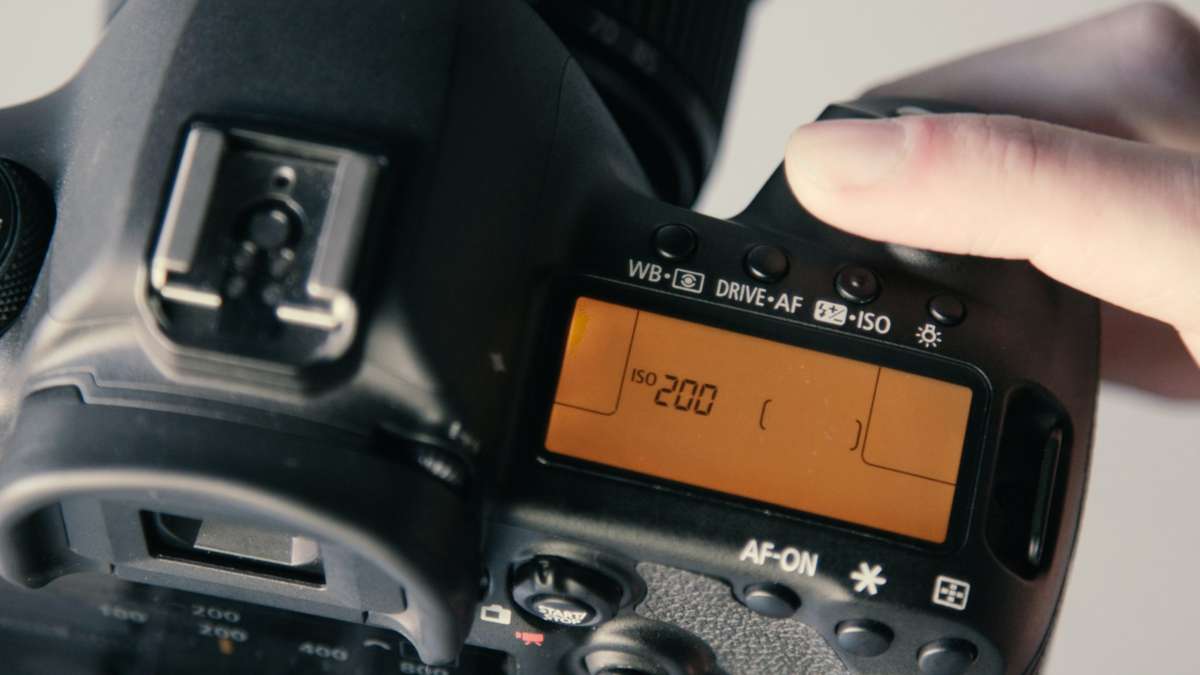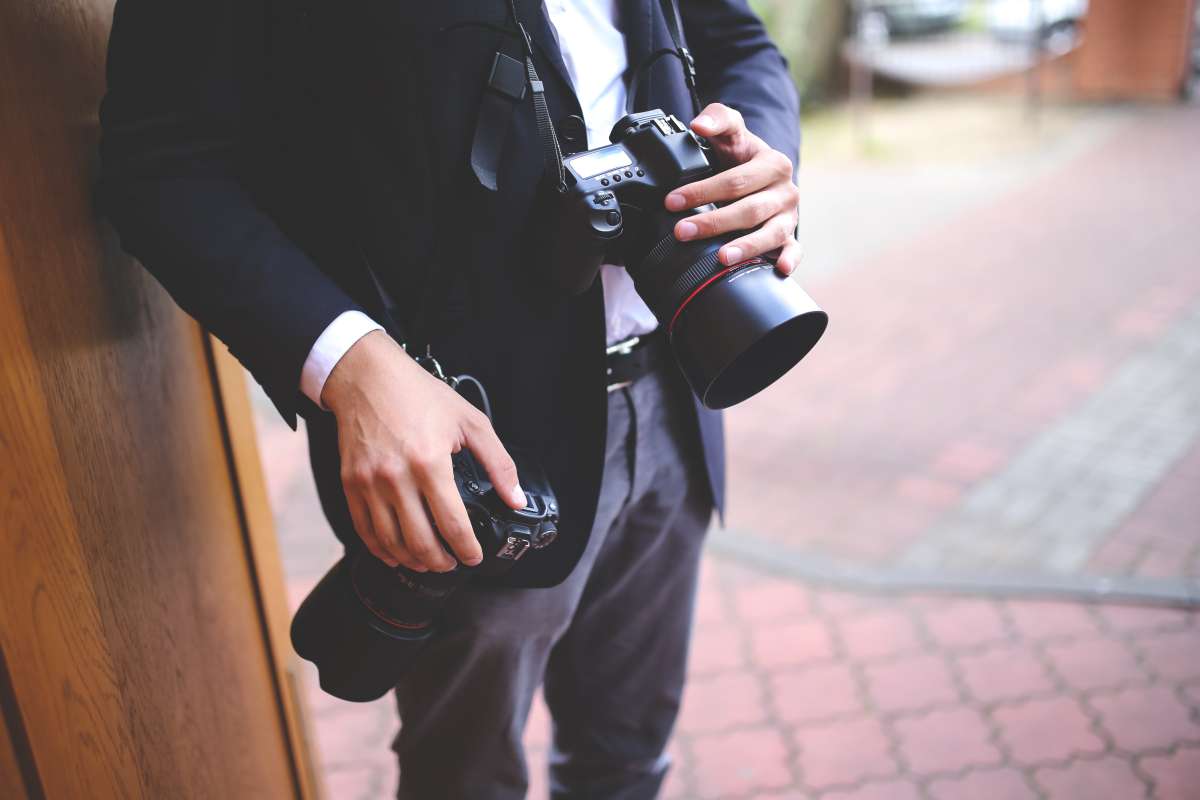Wedding photography is more than just snapping pictures—it’s about capturing moments that last a lifetime.
As a wedding photographer, you’re responsible for documenting one of the most meaningful days in a couple’s life. This craft demands technical expertise, creativity, and an understanding of human emotions.
Whether you’re just starting or looking to sharpen your skills, there are practical steps you can take to elevate your work. From mastering your equipment to anticipating key moments, this guide offers essential tips to help you produce beautiful, lasting images for couples to treasure.
Let’s get straight to the point.
Wedding photography demands a balance of technical expertise, creativity, and people skills. Key tips for beginners include mastering camera settings, working with natural light, and ensuring thoughtful composition.
Anticipate important moments, maintain consistent editing, and communicate clearly with the couple to meet their expectations. Scouting the venue in advance and preparing for unexpected challenges can help you adapt to the day.
A shot list ensures you capture essential moments while ongoing practice and learning improve your skills. Investing in quality gear and backing up your photos is crucial to delivering cherished wedding images.
Tips To Improve Your Wedding Photography Skills
Wedding photography is a rewarding yet challenging field. Capturing one of the most significant days in a couple’s life requires a perfect balance of technical skill, creativity, and strong people skills.
1. Understand Your Equipment
Mastering your camera and related gear is the foundation of successful wedding photography. Owning the latest equipment is insufficient—you must know how to use it effectively.
Familiarise yourself with manual camera settings like shutter speed, ISO, and aperture, which allow you to adapt to varying lighting conditions. For example, the low light in a reception hall may require different settings compared to an outdoor ceremony at midday.
Lenses also play a key role in shaping your photos. A prime lens like a 50mm f/1.8 is ideal for portraits and capturing fine details, while a zoom lens allows you to take candid shots from a distance. Always carry extra batteries, memory cards, and backup gear to avoid any potential disruptions during critical moments.
2. Work With Natural Light
Lighting is one of the most important aspects of wedding photography. Whether you’re shooting indoors or outdoors, you must adapt to the available light.
Outdoor ceremonies typically offer better lighting conditions, but even in natural light, the angle and intensity of sunlight can change throughout the day. Shooting during the golden hours—early morning or late afternoon—provides a softer, more flattering light for portraits.
When photographing in low light conditions, such as indoor receptions, use external flashes or reflectors to bounce light and soften shadows. Avoid using direct on-camera flash, which can produce harsh results. Understanding how to manipulate light to suit your needs will significantly improve your photos.
3. Master Composition
Good composition is vital for visually compelling wedding photographs. The rule of thirds is a simple but effective technique for creating balanced images.
Positioning your subject along imaginary lines and dividing the frame into thirds can create more dynamic and engaging images. Leading lines, symmetry, and framing techniques add depth and interest to your shots.
When composing your shots, keep the background in mind. Avoid distractions or clutter that can distract from the couple or key subjects.
For group shots, make sure everyone is well-positioned and visible. Thoughtful composition ensures that your photos stand out and feel well-balanced.
4. Capture Key Moments
Wedding photography is about timing—capturing moments as they unfold. This requires careful observation and anticipation.
Key moments, such as the vows, the first kiss, and the first dance, happen quickly, so you must be ready to capture them from the right angle. Position yourself strategically during these events to ensure you get everything important.
Understanding the couple’s personalities and preferences also helps. Some may prefer more intimate, candid shots, while others might enjoy larger group photos.
Building a rapport with the couple can help you predict what will be most meaningful to them, allowing you to capture moments that align with their expectations.
5. Edit With Consistency
Taking great photos is only half the job; editing them properly completes the process. Consistent editing helps give your portfolio a cohesive look.
Editing tools like Lightroom and Photoshop are essential for adjusting exposure, colour balance, and contrast. Keep your edits subtle and natural; over-editing can make photos look artificial.
Developing a personal editing style, whether light, airy, or dramatic, will help define your brand. Ensure skin tones look natural and avoid heavy smoothing, which can make subjects appear unrealistic.
A polished but natural editing approach will make your photos stand out while maintaining authenticity.
6. Communicate With The Couple
Clear communication with the couple is essential for delivering photos that match their expectations. Before the wedding, have a detailed discussion to understand their vision—whether they prefer candid shots, posed family portraits, or a mix of both.
Ask about specific moments they want to be captured, like special details of the décor or rings. Clear communication also allows you to coordinate more smoothly on the event day.
If you know exactly what the couple hopes for, you can better plan your approach and ensure you capture all the important moments they desire.
7. Scout The Venue
Visiting the wedding venue beforehand can make a huge difference in your preparation. A pre-wedding visit helps you identify good backdrops, assess the lighting, and anticipate any challenges that might arise, such as low-light conditions or tight spaces.
If it’s impossible to visit beforehand, aim to arrive early on the event day to familiarise yourself with the location. This scouting can also help you decide where to position yourself during key moments, such as the ceremony or the first dance, ensuring you’re always in the right place to capture important shots.
8. Be Ready For The Unexpected
Weddings often come with surprises—things don’t always go as planned. Adaptability is key for a wedding photographer.
Weather changes, last-minute schedule adjustments, or unexpected guest moments can all happen. Instead of viewing these as setbacks, treat them as opportunities for creativity.
For example, if rain starts falling during an outdoor ceremony, a couple sharing an umbrella or dancing in the rain can create some of the most unique and touching images. Your ability to remain calm and adapt will help ensure you capture the best moments, no matter what happens.
9. Build A Shot List
Having a shot list ensures you don’t miss any key moments. Work with the couple to compile a list of must-have shots, such as the first kiss, family portraits, or specific details like the bouquet and rings. While following the list is important, don’t let it limit your creativity—be open to capturing spontaneous moments that arise throughout the day.
A shot list is also helpful for organising group photos, especially when working with large families or bridal parties. It keeps things on track and ensures everyone important to the couple is photographed.
10. Keep Practising And Learning
Wedding photography is a skill that improves with practice. Attending workshops, watching tutorials, and shadowing experienced photographers can all provide valuable insights.
Start by offering to shoot weddings for friends or family to gain experience. The more you practice, the more comfortable you’ll become in navigating the fast-paced environment of a wedding.
Ongoing learning is also important as photography techniques and styles evolve. Staying updated with trends and continuously improving your skills will set you apart from others in the industry.
11. Invest In Quality Gear
Your equipment is a significant part of your success as a wedding photographer. A full-frame camera is often recommended because it performs well in low light, which is crucial for wedding venues with dim lighting.
Lenses like the 50mm f/1.8 or 24-70mm f/2.8 are great for capturing sharp images even in challenging lighting conditions. Backup equipment is equally important.
Weddings are unpredictable, and having a spare camera body, extra batteries, and memory cards can prevent disasters arising from equipment failure.
12. Back-Up Your Work
Once the wedding is over, backing up your photos should be your priority. To ensure they are secure, save them in multiple locations, such as external hard drives and cloud storage.
Losing wedding photos can devastate you and the couple, so take precautions to avoid this situation. It’s best to create two sets of backups—one for immediate access and another for long-term storage.
Conclusion
Improving your wedding photography skills requires a blend of technical knowledge, creativity, and flexibility. Mastering your equipment, understanding lighting, and anticipating key moments are foundational for success.
By being adaptable, staying organised, and continually refining your skills, you’ll be better prepared to produce stunning wedding photos. Over time, these practices will help you build a strong portfolio and ensure you deliver images the couple will cherish for a lifetime.
FAQs About Wedding Photography
Is Photography A Skill Or A Talent?
For a studio portrait photographer, it’s likely all about skill. For a sports photographer, it’s both. For a photojournalist, it’s mostly talent.
Why Is Wedding Photography Considered Challenging?
Wedding photography is demanding because it requires capturing fleeting moments in dynamic environments. It would help if you managed lighting, composition, and emotions under time pressure.
What Makes A Photo Attractive?
Many elements in photography come together to make an image considered “good.” Elements like lighting, the rule of thirds, lines, shapes, texture, patterns, and colour all work well together to add interest and great composition to photographs.
What Makes A Talented Photographer?
A good photographer is passionate about photography and willing to learn and improve continuously. Acquiring technical skills is just the beginning. A good photographer also needs an artistic vision and storytelling skills. All these take time to develop, but they will become your second nature soon.
How Can I Ensure I Capture Key Moments During The Wedding?
- Create a shot list with the couple beforehand.
- Know the timeline of events to position yourself strategically.
- Work with a second photographer for broader coverage.



